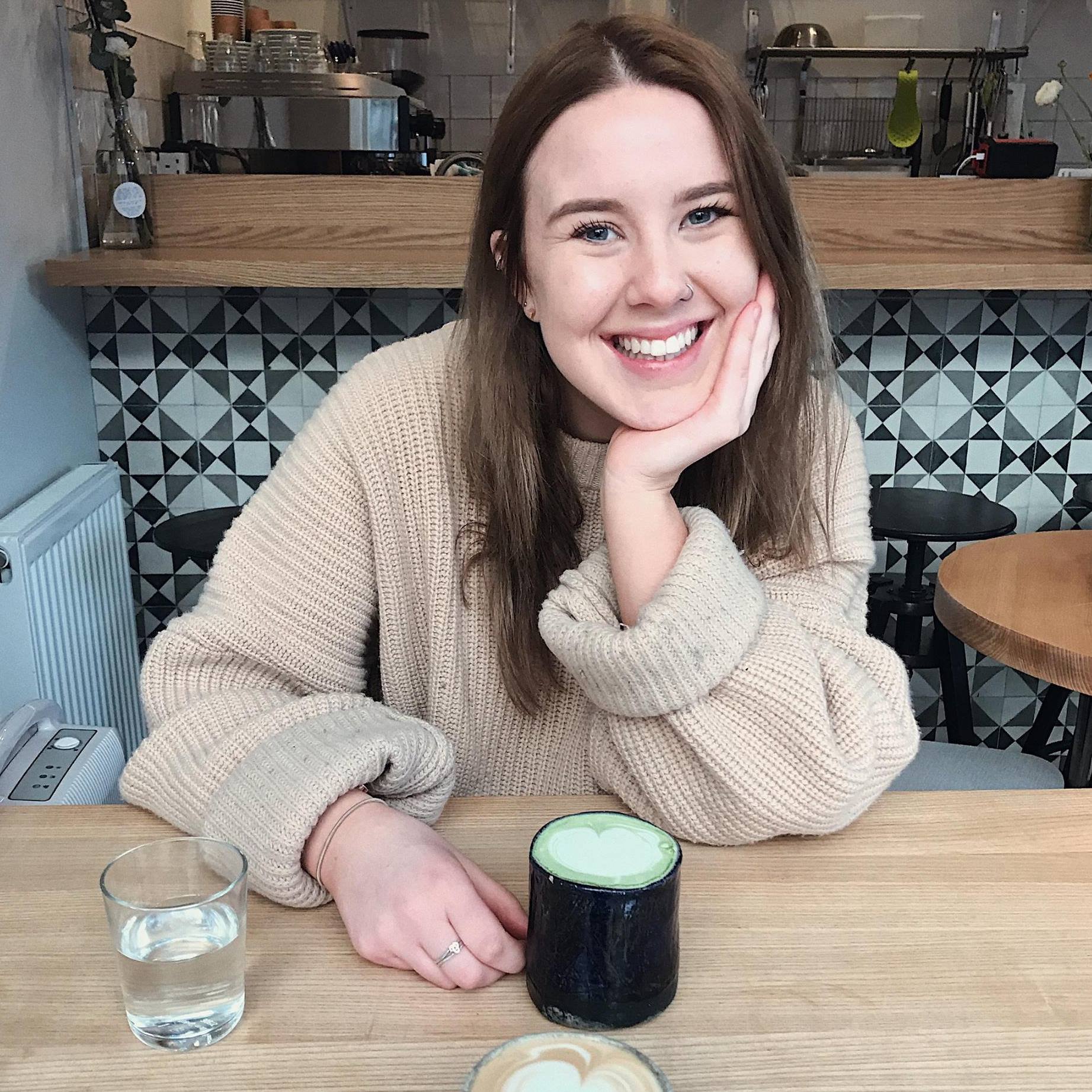Improve Your Travel Photography With Just Your Phone
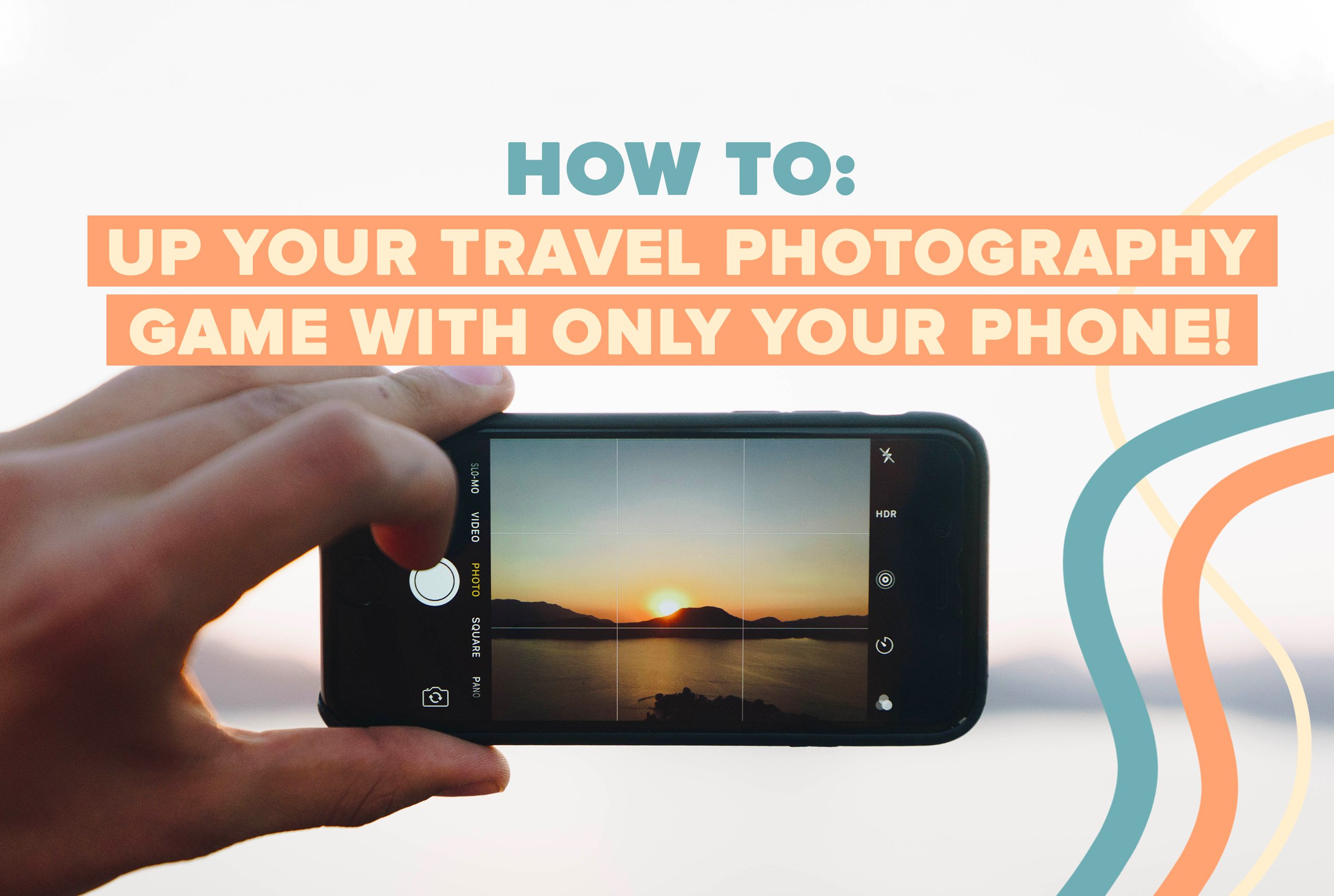
Have you ever traveled to one of the world’s most beautiful places, only to walk away with nothing more than blurry snapshots and wonky panoramas? You’re not alone. Whether you want pictures to show family what you’ve been up to, are an aspiring Insta whiz, or just want some halfway decent photos to document your travels, we’ve collected our best tips to make sure you come home with images you can be proud of. And guess what? All you need is your phone.
THE PRACTICAL STUFF
GEAR: Unless you’re a professional or very enthusiastic amateur, most of what you want to accomplish can be done with your humble phone once you apply some basic principles (read on). Smartphone cameras are stuffed with features to rival entry-level DSLR’s, with the added bonus of being small and discreet. Carrying a bulky camera up mountains or through the humid jungle has never been practical, so say goodbye to back pain and baggage fees and embrace the camera you always have on you. Taking photos on your phone means they're always at your fingertips, ready to edit and post to your followers - or grandma - at a moment’s notice.
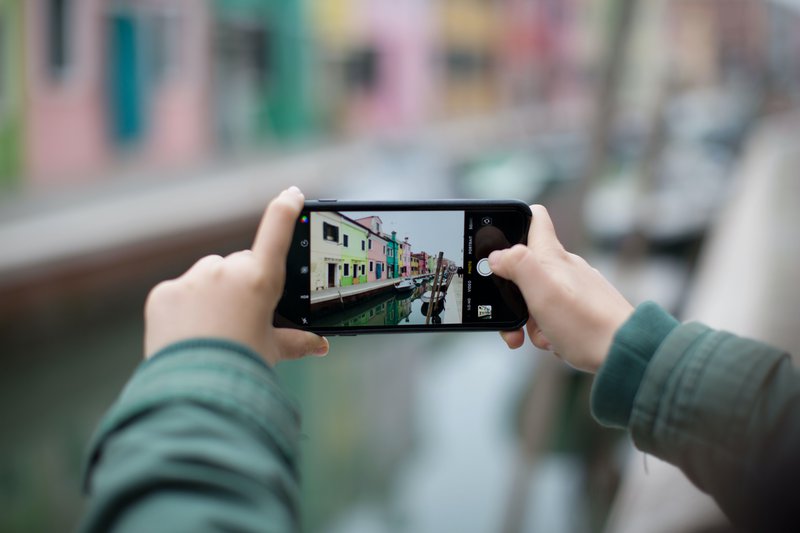
ENSURE YOU HAVE AMPLE STORAGE SPACE: There’s nothing more stressful than having the world’s most glorious sunset happen before your eyes, only for the ‘storage full’ notification pop up. The horror unfolds as you race against the sinking sun, deciding whether to sacrifice your favourite app or photos you haven’t culled yet to make room for the scene disappearing in front of you. Before you head off adventuring, sort out your storage! Another wise idea is to back up your images in the cloud. Frankly, I have no idea how ~the cloud~ works, but having a backup storage system like Google Photos, OneDrive, Dropbox or iCloud will ensure your once-in-a-lifetime shots are protected, whatever happens.
EXTRA BATTERY POWER: If using your phone as a camera, it helps to have a portable battery on hand. The camera app drains phone juice like nothing else, and a backup power source removes the anxiety of a low battery when out and about.
KEEP IT CLEAN: In your pocket, your lens is gathering dust, lint, and fingerprints. Before taking any potential National Geographic cover shots, give the lens a quick wipe with a microfibre cloth or soft garment. You can’t replicate a shot if you go home and find there was a big ol’ smudge on the lens.
STEADY ON: When it comes to actually taking photos, stay still to minimise blur. To get sharp pictures, simply tap where you want the camera to focus before you snap away. If attempting night photography you’ll need to be especially statuesque, preferably propping your phone up on a solid surface or using a mini phone tripod to get crisp shots.
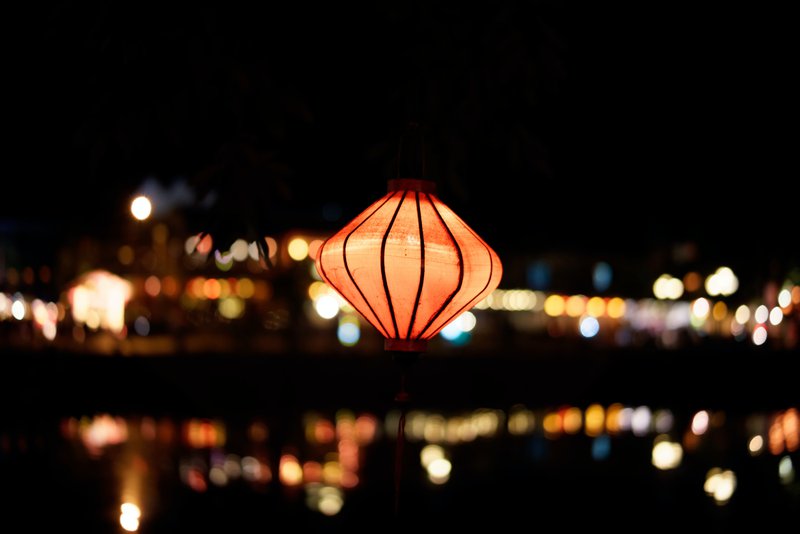
THE CREATIVE STUFF
GET THAT GOLDEN GLOW: Photography is all about finding the best light. Golden hour - the first hour of light after sunrise and the last before sunset - is when you’ll get the best colours. Softer, directional light produced by the sun at these times is much more flattering than the harsh light you get in the middle of the day, making early starts 100% worth it.
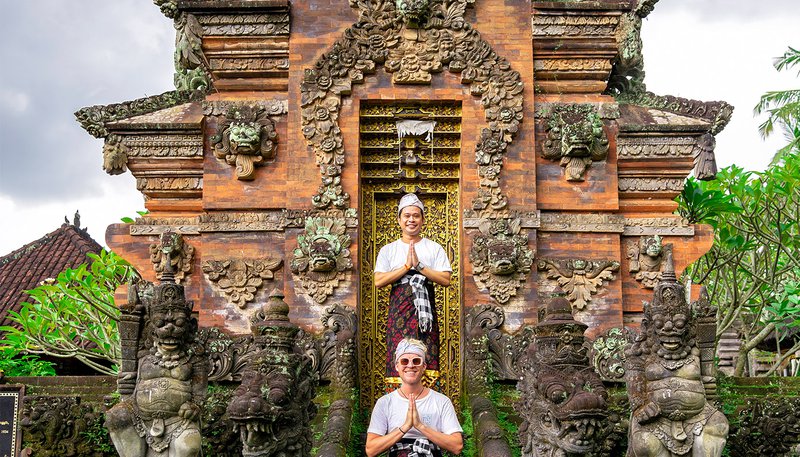
COMPOSITION IS KEY: There’s plenty of compositional rules for photography out there i.e. centring your image for symmetry, using negative space to make your subject pop and the famous rule of thirds. This rule aims to position important elements in the frame along lines of the grid, focusing on the points where lines intersect. As most phones allow you to overlay gridlines in-camera, the rule of thirds is good to start with if hoping to improve your composition. Another way to spice up your images is through contrasting foreground and background elements, i.e. holding something up in front of a scene. Whatever you do, keep your horizon straight!
ALL ABOUT THE ANGLES: When a gorgeous vista presents itself, don’t just stand where everyone else is standing. Take in your surroundings, scope the scene for opportunities, and find new perspectives to come away with something different! You don’t have to crawl on the ground Bear Grylls style, but finding low, high, or otherwise creative angles will differentiate your shots. And when it comes to taking photos of people, be kind. Pictures at eye level or slightly above will be flattering, photos from below... not so much.
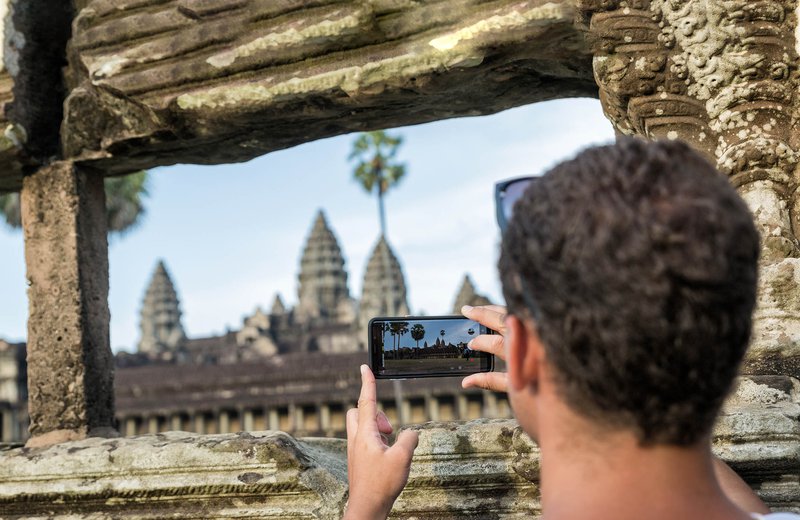
ASK A LOCAL: Trust locals to know where the best spots are. When travelling it’s easy to go to the most tagged spot on Instagram, but for a unique take on a well-visited location, kindly ask a local if they have recommendations. Personal experience and conversations with other travellers makes their insight valuable.
ADD A HUMAN ELEMENT: When we think of travel photography, we often conjure up landscapes of towering mountains or endless beaches. Nature is beautiful on its own, but adding a human element is a surefire way to make your landscapes more interesting. By getting a friend to jump in the foreground you’ll add a sense of scale and humanise your image. A tiny person in front of a huge scene gives perspective, provoking feelings of awe. For more in-depth information about how to capture emotions and moments whilst traveling, check out the article 'Travel Photography - How to Blend your Passion with Profession.'
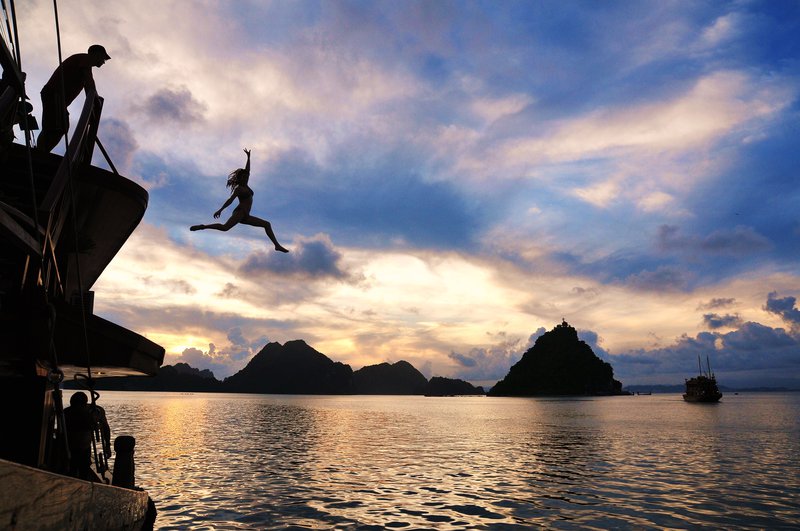
DETAILS, DETAILS, DETAILS: One of the best things about photography is that it forces you to slow down and notice things on a macro level. For inventive shots seek eye-grabbing colours, textures, and details like shadows, patterns, reflections, or anything unique that you can use to frame an image. Think rustic building surfaces, native flowers, or even graffiti. Beauty can be found everywhere.
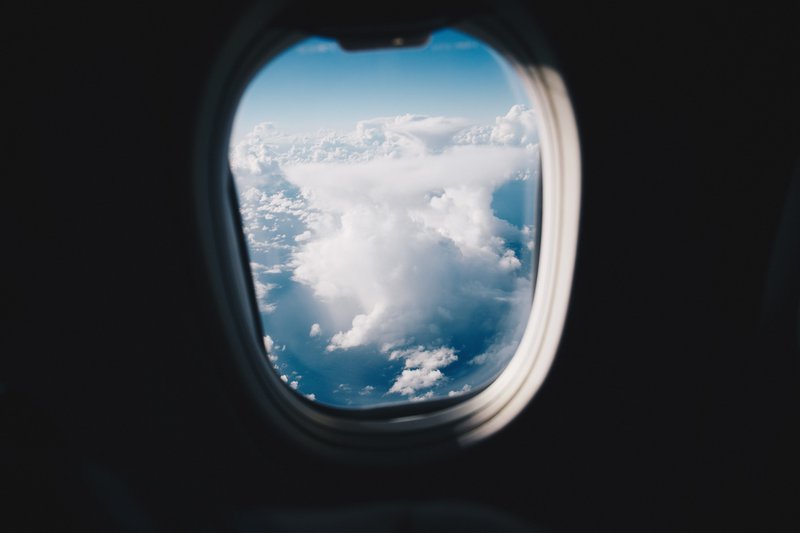
TELL A STORY: Using your phone as your camera makes it easy to shoot in the moment. Staged photos are nice, but candid pictures tell a better story, adding that #authentic feel. Keep your eyes peeled for fleeting moments, and if someone’s posing, get a little goofy! Tell them to look wistfully into the distance, play with their hair or spin around. They’ll thank you later!
BAD WEATHER MAKES FOR GREAT PHOTOS: Storm coming in? Great. We don’t hope for dark cloudy skies and wet scenes when travelling, but conditions like these create amazing visual drama for photos. Pictures made in ‘bad’ weather show an underrepresented side of popular destinations, so you can walk away with uniquely evocative images. Plus, most smartphones are water-resistant, giving the phone photographer an advantage over gear-worshippers who can’t get their enormous lenses wet.
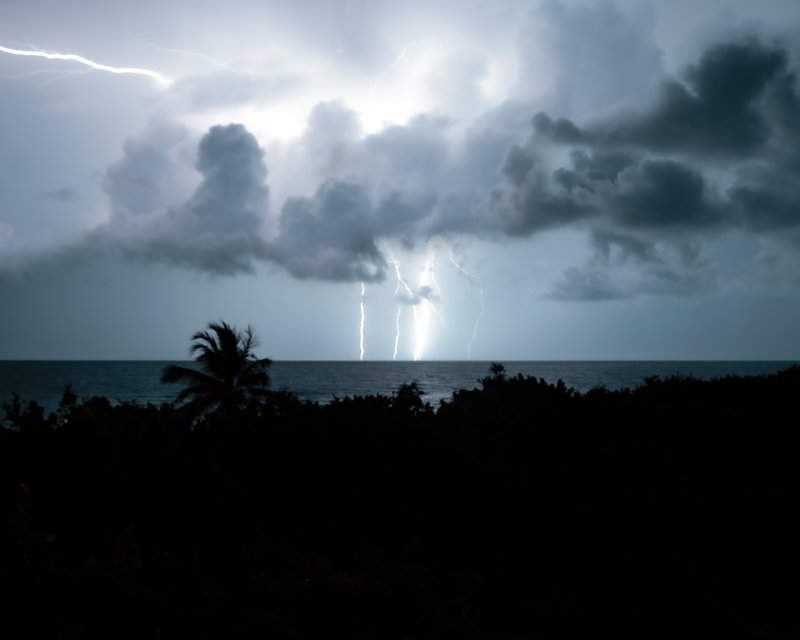
GET IN! If you’re like me and love to be behind the lens, there’s a good chance you hate being in front of it. Everyone’s had less-than-flattering experiences in front of the camera, and the idea of being in photos (especially when fresh from snorkelling or cycling) can be downright mortifying. But you need to celebrate your life… with YOU in it. As we get older we’ll only lament not having more pictures of the time we sailed Ha Long Bay, saw Angkor Wat, or went on safari in Sri Lanka. Go on, jump in that selfie. Ask a friend to take a photo of you, then repay the favour.
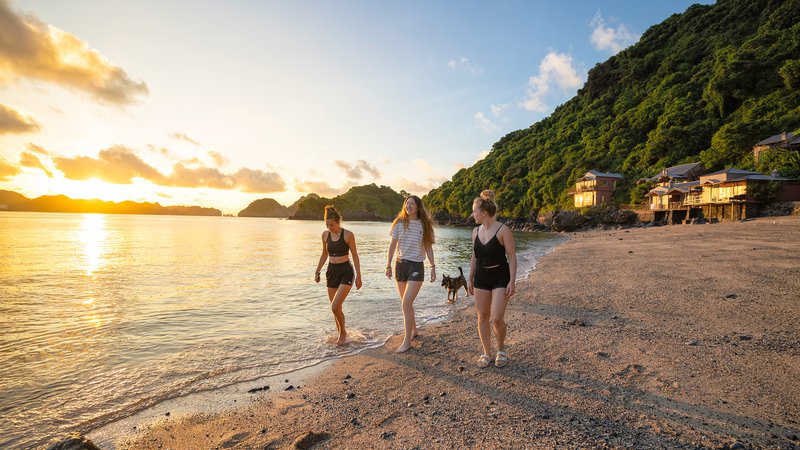
EDIT TO CONVEY MOOD: If you’re new to editing, all you need to do is type ‘how to edit phone photos’ into Youtube to be overwhelmed with tutorials. Image processing is not just about throwing on a filter, it’s about understanding how creative editing can change the look of a photo. Do you want your ocean scene to feel calm? Keep the contrast soft and colours neutral. Want pictures of your lunch to pop? Punch up the saturation, sharpness, and contrast. Apps like VSCO and Snapseed are a great intro to editing, while Lightroom and Photoshop allow more powerful alternations for the enthusiastic editor. Generally, less is more. You needn’t overcook your images, just help them illustrate what you saw in real life.
Finally, remember that photography is meant to be fun. Sometimes the best thing to do is put the camera down and experience what’s in front of you. When it comes to improving, photo legend Henri Cartier-Bresson iconically stated that ‘your first 10,000 photos are your worst.' Refuse to get bogged down in previous efforts and keep shooting.
We might not be able to travel right now, but that makes it the perfect time to amp up our skills. Get snapping and practise on your food, practise on your pets, practise on your friends. When it's safe to travel again, you'll be ready!
Looking forward to your next adventure? So are we. If you're keen to perfect your travel photography skills on Mt Batur at sunrise, on the beaches of Koh Rong, or at the snow in Japan, check out our group tours here. With free & flexible date changes, COVID-safe travel precautions, open-dated bookings, and payment plans available, you'll be safe in our hands when you're ready to travel again.

